Are failed electronics no longer a vehicle’s death sentence?
We previously discussed the concept of modern cars aging as gracefully as older vehicles, with a light patina on the metal body and trim. But the comments from the Hagerty community, about the increasingly complex electronic systems in modern cars, inspired this article. Knowing that new electronics eventually become out of the question, and used parts can be a risky endeavor, reaction from commenters was swift and conclusive:
@Paul: You can refinish peeling paint. There’s nothing you can do when the computers start failing and all the wrecking yard parts dry up.
@Steve: Failed electronics will kill cars more quickly and often than patina or decomposing trim. It’s happened to me on a couple of ’90s vehicles. On the other hand, my ’60s cars are very likely to continue looking great and operating properly well into the future. Simple is good.
@smtguy: Completely agree with you, Steve. Automotive electronics are slapped together as inexpensively as possible. They then have to endure the harsh environment of a car with temperature swings that can be in excess of 100 degrees, to say nothing about vibration, and obsolescence.
@GP: Every car I have owned from the late ’90s on has had its computer either outright die or malfunction to the point the car was unusable. Used replacement computers are no help because all too often they are coded to the original VIN, and no one is going to pay $2000 and up to buy a new computer for a Pontiac Aztek or Ford Flex that already looks like trash.
All valid points, but what’s being overlooked here is the fact that electronics can be rebuilt, be it with new internals, repaired circuits, or both. Rebuilding addresses the design flaws over time, often using OEM-grade (or better, in my experience) components for the circuit boards, and offering a warranty on the work.

Now that we know many of these items are not black boxes with mysterious components, the next issue to resolve is to find the person or company who can rebuild the component you need. Sometimes there’s a vendor on your favorite forum that has a good reputation with owners of your vehicle. (The same applies to Facebook Groups for your cars, and vendors on eBay.) Often doing a Google Near Me search gets you the service provider of your dreams, especially when you widen your search parameters to businesses outside of driving range.
History is littered with cases of consolidation of industries, and I’ve always wondered if someone was going to do the same for the automotive electronics space. Someone needs to scale up in order to carry the array of parts and also feature a deep roster of technicians to meet the demands of the ever-increasing needs of depreciated automobiles.
@JW: I think the biggest issue we will see in present cars as they age is the breakdown of their snazzy screens and infotainment systems. Their complexity almost guarantees they won’t be functional in 30–40 years. And it won’t be a matter of just replacing or rebuilding your broken speedo or tach.
Maybe there will be companies that can rebuild them, but will the proper chips and other electronics be available?
Not maybe, definitely. Even the buggy Cadillac CUE system can be repaired for under $300 with free round-trip shipping and a one- or two-day turnaround. Just remove the screen (or pay a mechanic), ship it to an electronics repair vendor, and you’ll be back in business in about a week.
That’s where a company called UpFix comes into play. The folks there have been repairing and reprogramming computer modules since 2006. In those early days, they focused on resetting airbag modules that freeze up after a collision, and their customer base of collision centers proved the business model had merit. But UpFix’s management noticed more and more electrical gremlins in the automotive landscape, so the model adapted to the market’s need, encompassing solutions to more diverse problems: What started out as resetting software on airbag modules became actual hardware repairs.
I spoke with Ernest Martynyuk, UpFix’s auto electronics division leader, about his company’s unique value proposition. If you’re like me, you’ve had components rebuilt by local Mom & Pop shops in the past, and they operate in less-than-ideal workspaces with limited staff and salty customer service. They get the job done, but some are merely a necessary evil to keep your car on the road. Martynyuk thinks his company does things differently, and UpFix’s facility suggests he’s operating with the professionalism of an OEM parts provider.
UpFix puts more more time into testing parts, Martynyuk says, than its smaller-scale competition. Further, it has an enviable stash of individual repair components, can reprogram a variety of applications, and possesses more specialty tools. But humans fix electronics, and UpFix also has more staff than a typical Mom & Pop. Even better, someone on the team frequently updates the website to ensure would-be customers understand what items they can fix, without needing to call or send an awkward email. (Many smaller operations still use websites that are more at home on a GeoCities domain.)

The more you poke around UpFix’s website, the more you realize they might be likely/willing to repair old parts from the 1990s OBD-II era, and even from older OBD-I vehicles. Martynyuk encourages this, as Upfix is willing and has a track record of repairing older modules from modern classics. Like other shops, they’ve repaired the usual pixelated problems from BMW displays of the 1990s, but have also mastered the more obscure. Consider the dashboard power supply of the Z31-generation Nissan 300ZX, and the failing gauge clusters of the oft-overlooked Suzuki XL-7. If you don’t find your vehicle in the website’s pull-down menus, Martynyuk encourages you to submit a repair request form.
It’s clear from our conversation that Martynyuk has a genuine curiosity and willingness to help owners of modern classics, and he’s in a position to ensure UpFix can work on oddball stuff for the likes of the Hagerty community. Although some of his smaller-scale competitors can say the same, they often focus on a single vehicle or a particular marque.
A company like UpFix is precisely what we classic car enthusiasts need, because it is indeed getting harder and harder to find someone to work on these old circuit boards, much less do it in a facility this impressive. The days of a majority of vehicles being made by three Detroit automakers are long gone; our reality is one of disparate global automakers using unique parts in a unique fashion. Even worse, all that technology was deemed antiquated by their parent companies decades ago.
UpFix is still growing into its large facility, hiring more technicians, stocking more components, and adding more workstations. Perhaps with this extra capacity comes an added willingness to repair a more diverse grouping of electronic modules. Martynyuk seems willing to take a shot at anything, so perhaps we have an alternative to overpriced service departments at new car dealerships. And maybe we finally have a safer bet than a junkyard or eBay listing for a used electronic component of questionable condition. That alone might be cause for celebration.
***
Check out the Hagerty Media homepage so you don’t miss a single story, or better yet, bookmark it. To get our best stories delivered right to your inbox, subscribe to our newsletters.
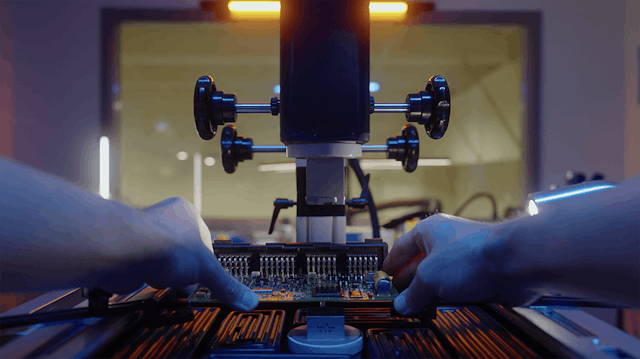

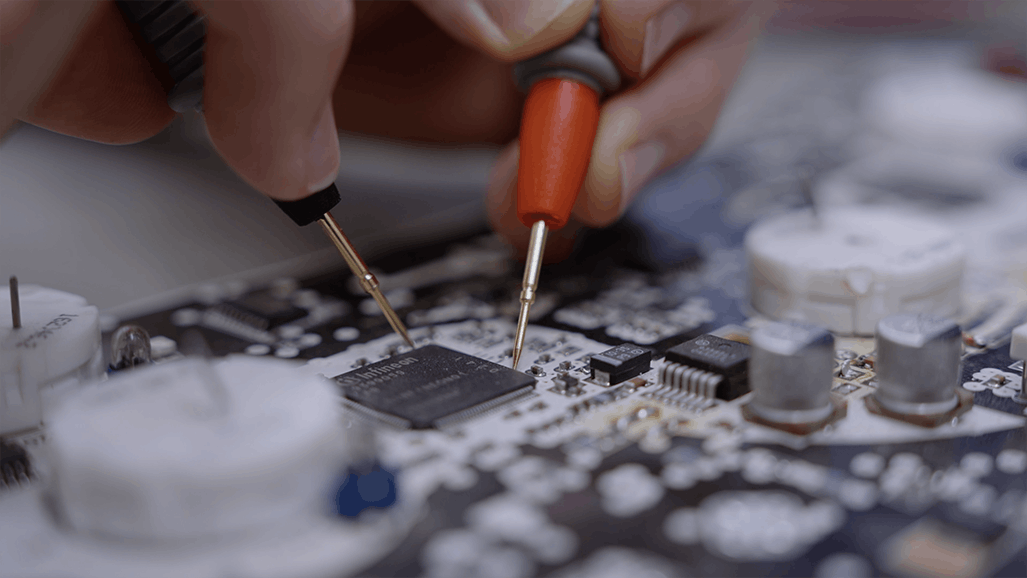
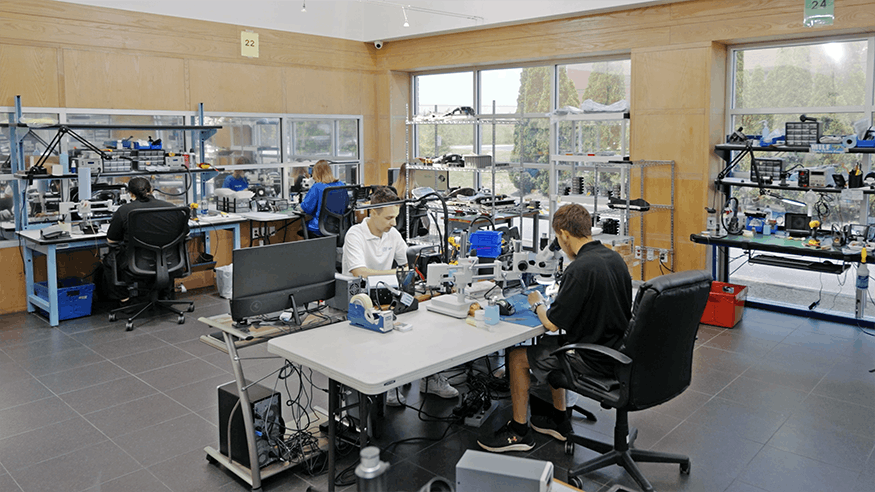
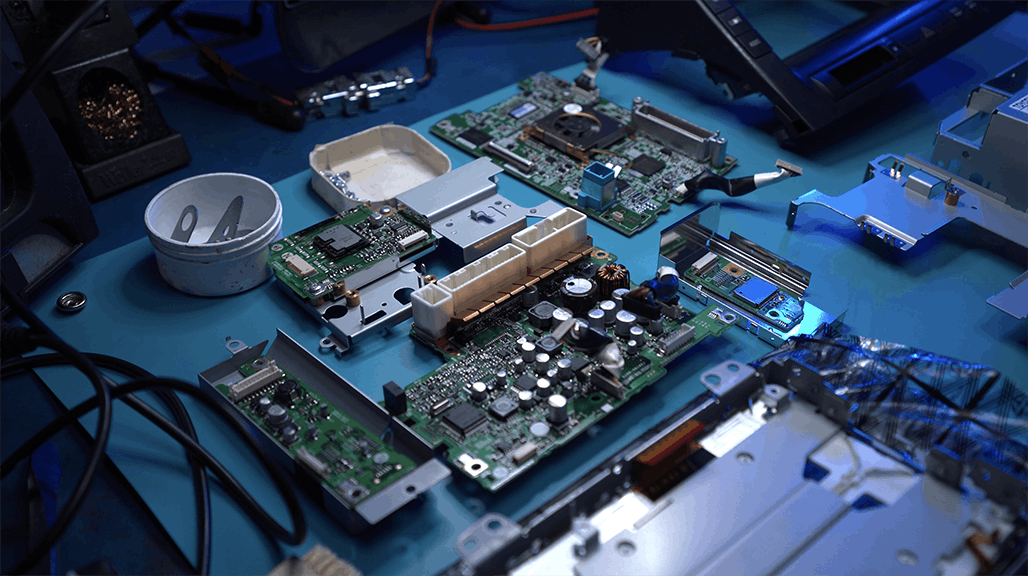
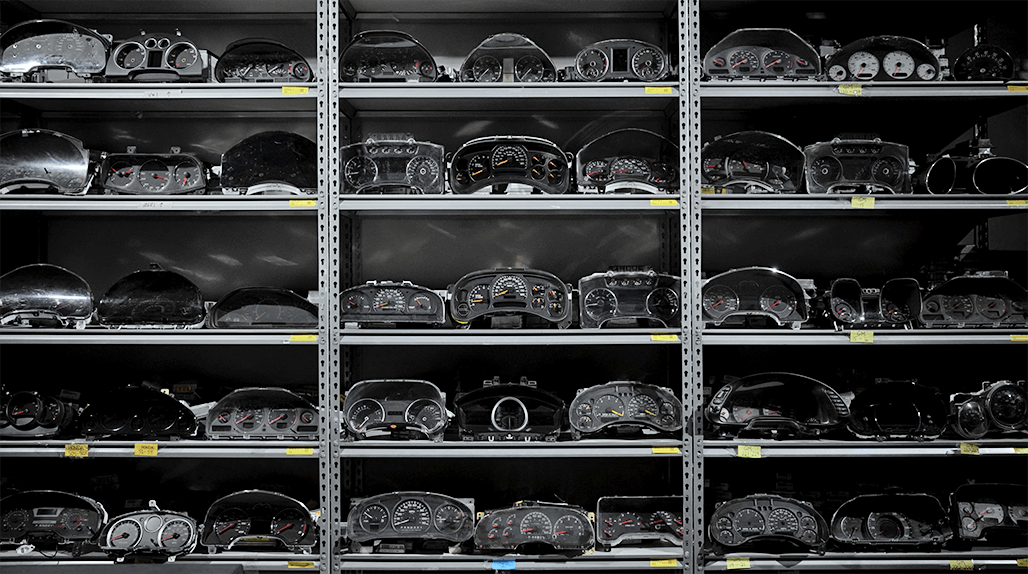
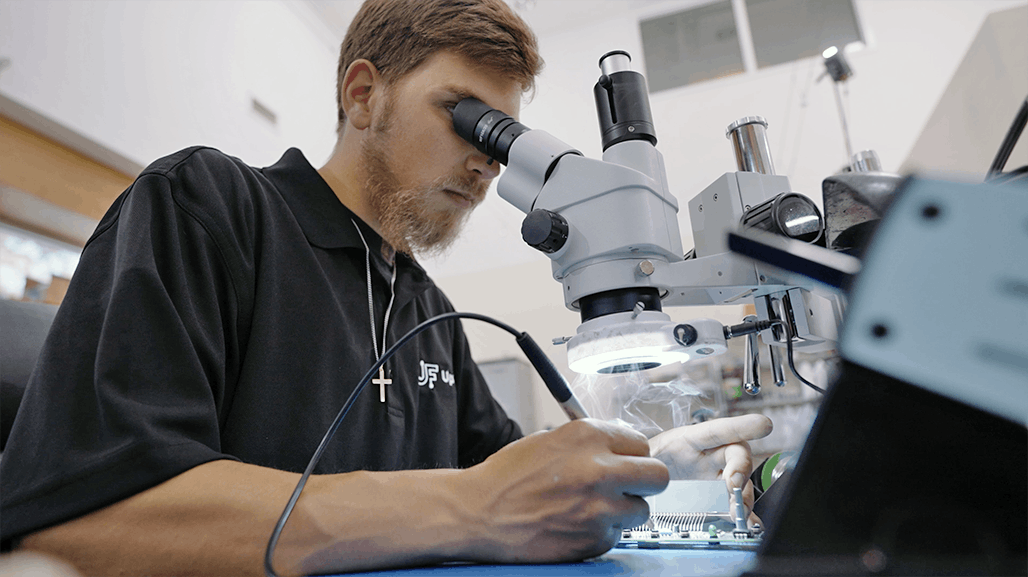
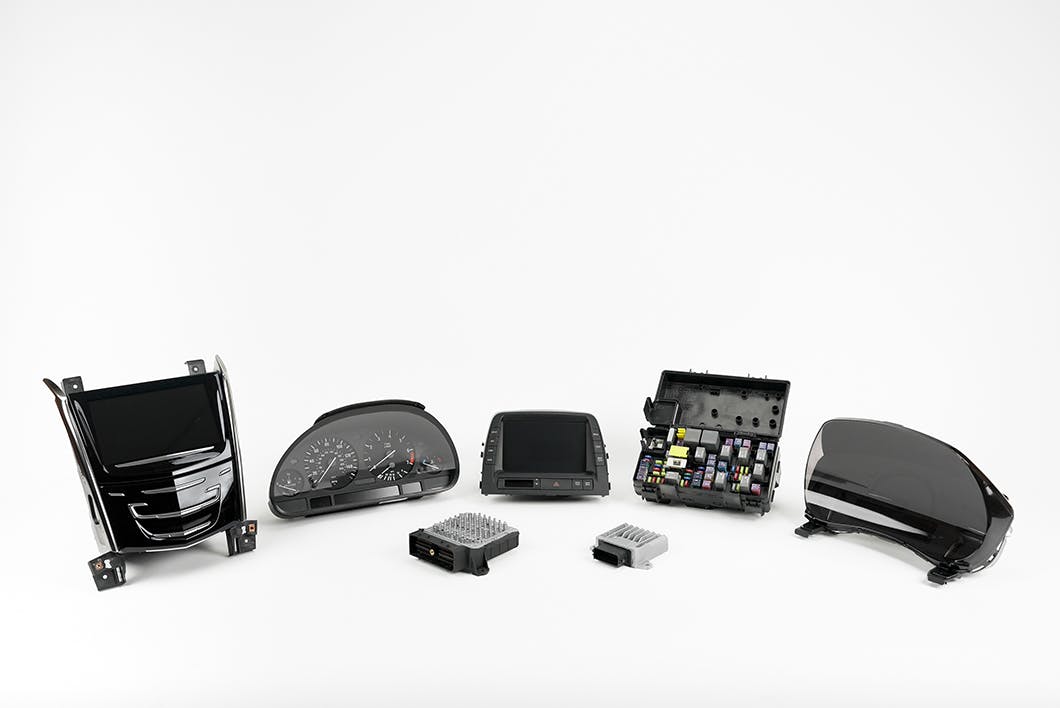
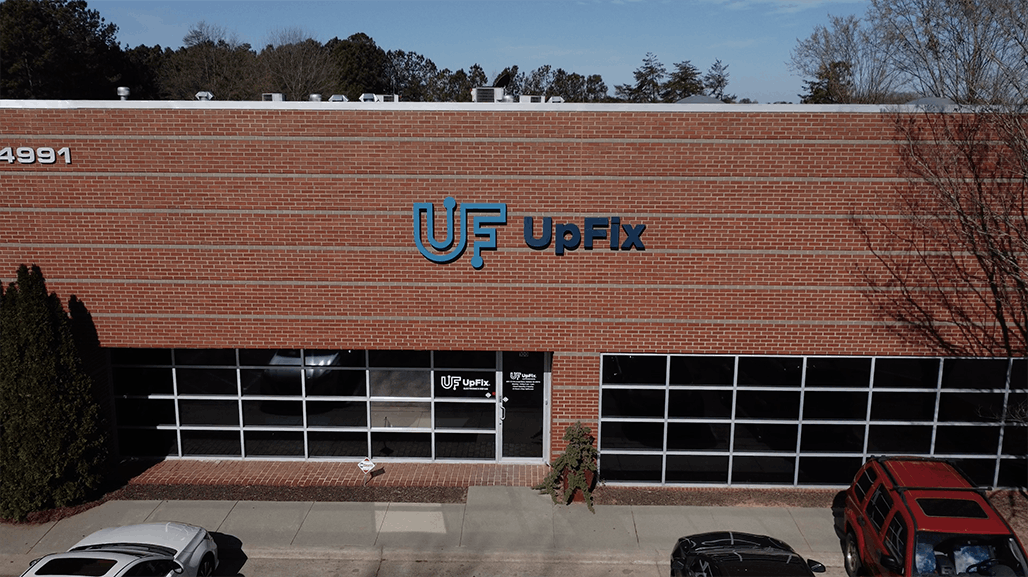

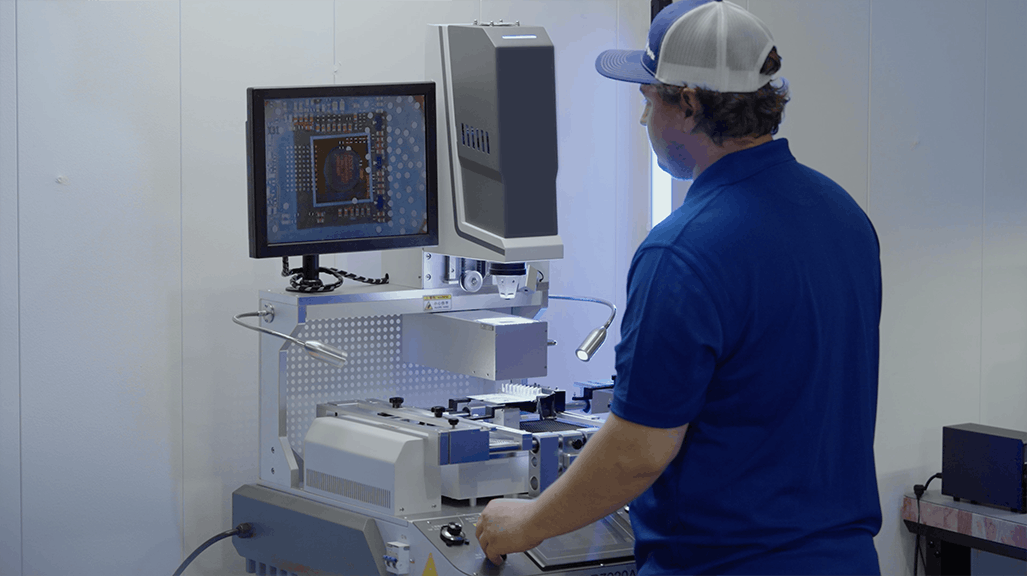
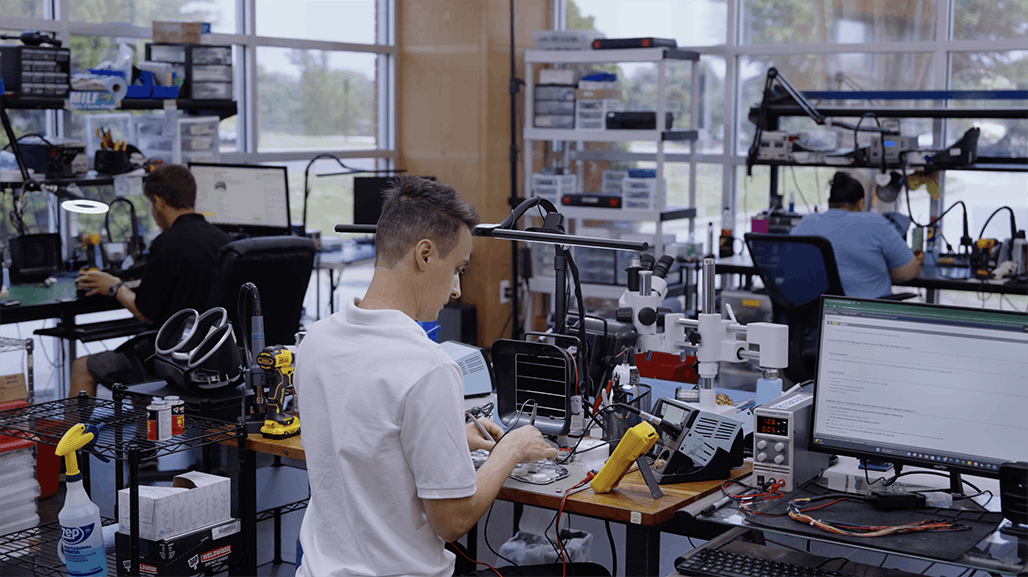
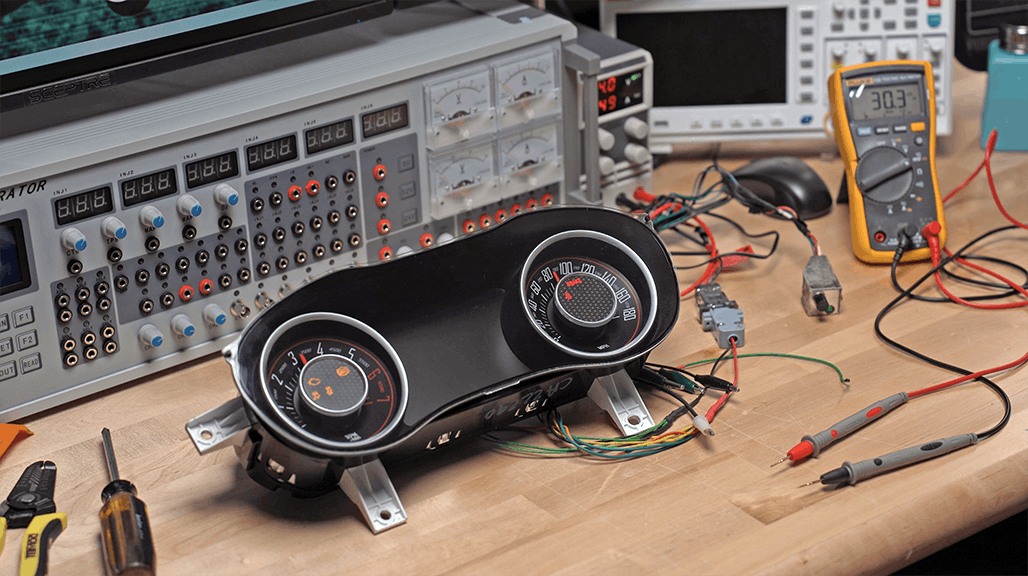
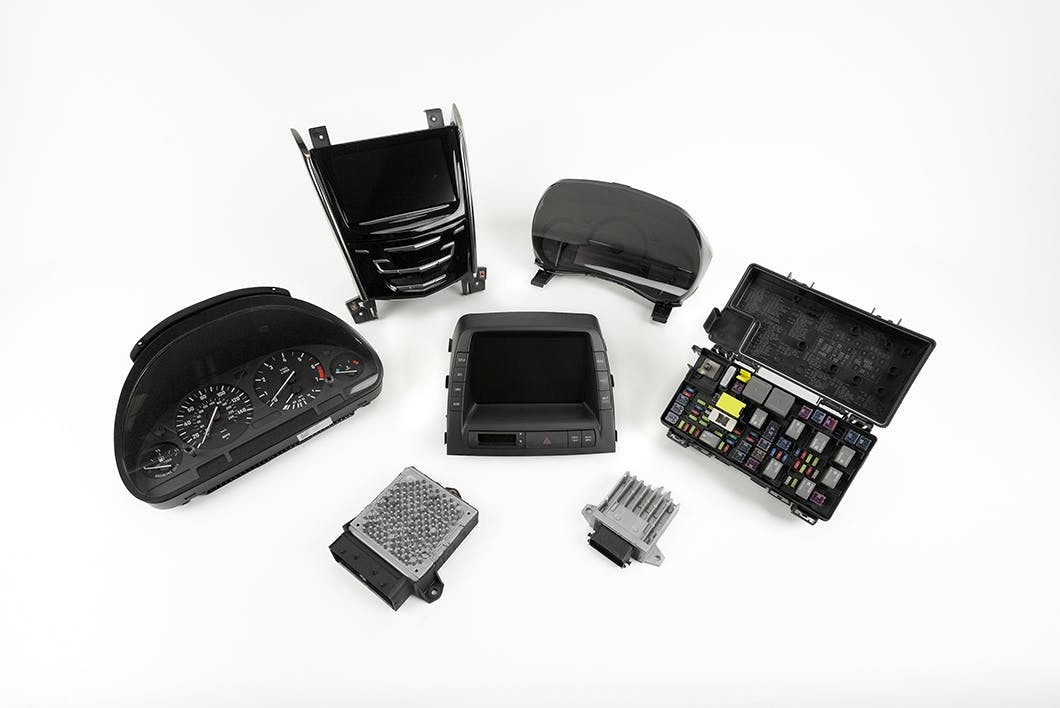


When my 2011 Mini Cooper R56 died, the OBDII said the fuel wasn’t getting to the engine. I replaced the fuel pump and still no start. Replaced the fuel filter..still no start. Now the web says the fuel pump relay is likely the problem. It is built into the fuse box in the footwell. I must now remove the fuse box and send it off to be repaired. What ever happened to “plug and play” relays? Fortunately, I found some guy’s online who do this work for $180. The new fuse box is $400+. These guy’s are so appreciated, versus the manufacturers who make things so difficult. Built in obsolescence!!
I am amazed by the cottage repair industry that support E39 5 series BMW electronics – repairing dash pixel displays and ABS modules cooked by the exhaust.
Also very happy to discover an LCD polarizer rebuild kit for my 94 Corvette Speedo. Now I just need a 3D scanner and printer to reverse engineer and manufacture all the ABS plastic bits that are turning to dust…
Nice to add this info to my Vendors tab. I did have the ECM on my 2004 SRT10 go bad. It was the driver for the #1 ignition coil. Thought the end of the world was coming but I found a place in Illinois (prob a mom and pop) who were able to diagnose and fix the ECM for under 150.00 including shipping.
I have a 2006 Gmc serria 2500 the tmc has been a problem for some time. The parts houses dont carry replacment parts, do you know of any company that can rebuild tcm for six speed tow models thank you for any help you can offer
Ross
Sorry Sajeev, I don’t buy the rosy outlook. As someone with 30 years career experience in electronics, processors, ASICs and SoCs, scrounging parts and board repairs are hit and miss. My own experience with these firms was disastrous.
We could categorically solve the problem, simply by mandating that vehicle manufacturers must release their source code and interface specifications, only whenver they CHOOSE to end parts support for a vehicle. Simple cause and effect. This would enable 3rd parties to build replacement electronics using state of the art processors, memory, etc. versus the original obsolete components. However don’t hold your breath waiting, because this federal administration could not think of a better way to remove older ICE vehicles from the highways than by rendering them useless via failed electronics.
You bring up a great point, this will always be a hit or miss. The open sourcing of code is actually a great idea, it’s so good I assume it will never come to fruition. That said, the intent of this article wasn’t necessarily to say everything will be perfect going forward, it was more to suggest that there is an avenue for restoration that many have not considered.
The Suzuki XL-7 is my favorite example, as the chances are much better if you share knowledge/components with a big company like GM. Not a catch all for everyone, but hope for many more modern classic enthusiasts.
This is a good article. It’s too bad from the late 80’s forward the cars will be trash In the next few years. With our throw away culture and salvage yards drying up. Plus the aftermarket parts are getting junkier. The big powers want all the old reliable cars off the road. Look at what ethanol fuel has done to so many carbs and fuel systems. Soy based wire insulation is breakfast, lunch, and supper for rodents. No shop will touch an 82 anything “no money to be made” then add salt damage. Then abs components. The List goes on. I always like how some people think a 1996 impala will be worth more in another 20 years. ALL these cars are bad investments! Once all the boomers are gone and the children want to sell, sell, sell. You’ll fetch them for Pennies.
I’ve been there and done that, in September the ABS module in our 2003 Buick LeSabre threw a 1214 code, as they often do and the module is NLA. Fortunately a company called Module Master in Idaho specializes in rebuilding all sorts of modules and clusters, and I had my ABS brain out of the car in 30 minutes, and the failed solder joints reflowed for $150 plus shipping and a week later I had working ABS and traction control again.
In the long term at least some modules may be replaceable with FPGA chips and interface boards but anything that relies on a factory system could be at risk like Saab key fob programming that required authorization by a computer in Trollhattan which went offline after the bankruptcy.
Between the doom & gloomers and the eternal optimists, the truth usually lies somewhere in between, right? Older electronics will likely be available in the future for the most part for most cars that use them. Cost and availability of specific types of ECUs and the like may well vary depending on make, model, model year, etc, but I’m pretty sure we’ll be able, for the most part, to repair or replace these components on some level going forward. In any case, as the owner of a ’95 Porsche 911 and a ’00 Ferrari 550, I’m not losing any sleep over it.